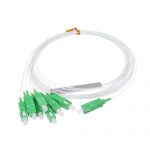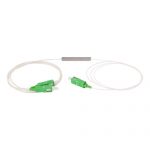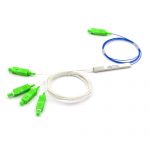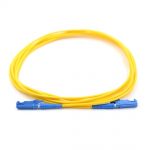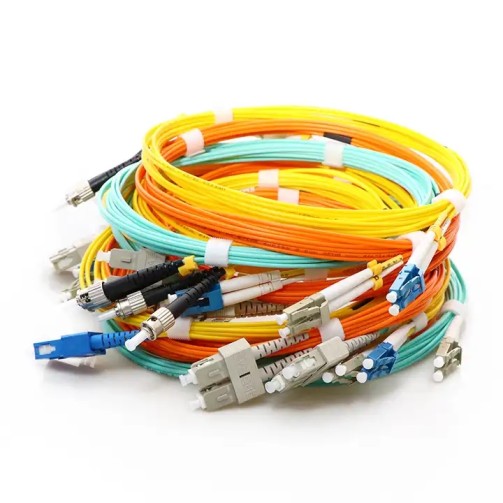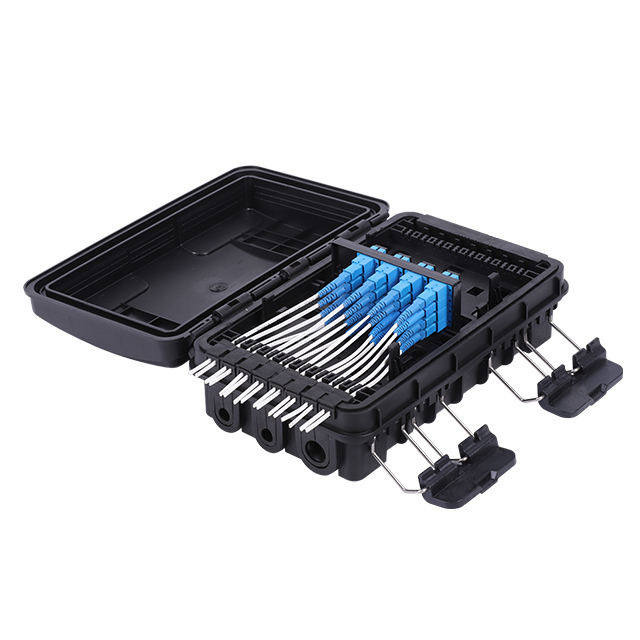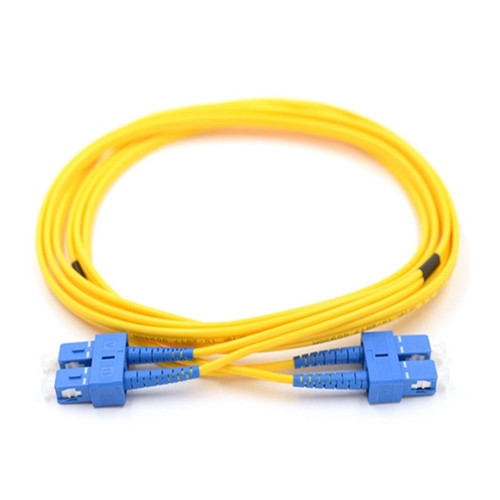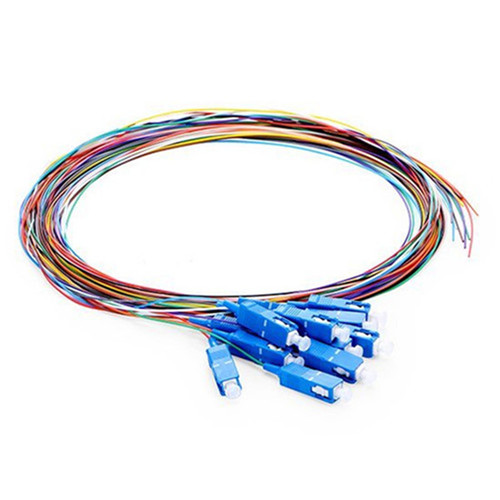Fiber optic connectors are essential components in fiber optic networks, providing a simple and reliable way to connect fiber optic cables. One of the most widely used connectors in the industry is the LC fiber connector. In this post, we will provide an in-depth overview of LC fiber connectors, including their types, features, parameters, and how to use them.
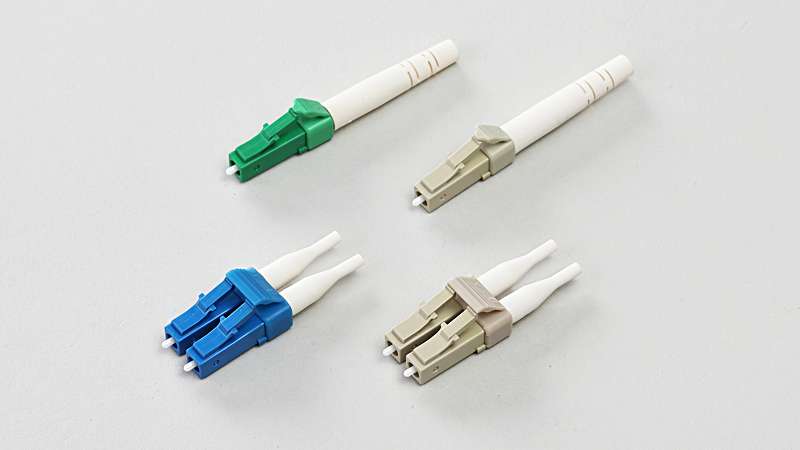
Types of LC Fiber Connectors
There are two types of LC fiber connectors: simplex and duplex. Simplex LC fiber connectors are used to connect single fiber cables, while duplex LC fiber connectors are used to connect two fiber cables. Duplex connectors have a clip mechanism that enables the two connectors to be snapped together, allowing for easy installation and removal.
Short Description
The LC fiber connector is a small, high-performance connector that features a 1.25mm ferrule. The connector is popular in high-density applications due to its small size and high performance. It has become the preferred choice for many network administrators and technicians due to its reliability, ease of use, and excellent optical performance.
Parameters
Here are some of the key parameters for LC fiber connectors:
| Parameter | Description |
|---|---|
| Ferrule Size | 1.25mm |
| Fiber Type | Single-mode or Multimode |
| Insertion Loss | ≤ 0.3 dB |
| Return Loss | ≥ 50 dB |
| Operating Temperature | -40°C to +85°C |
| Mating Durability | 500 cycles |
| Tensile Strength | 98 N |
| Cable Retention Force | 0.68 N to 2.2 N |
| Connector Type | Push-pull with snap-in latching mechanism |
Features
The LC fiber connector offers several features that make it popular in fiber optic networks. Some of these features include:
Small Size: The connector’s small size makes it ideal for high-density applications where space is limited.
High-Performance: The LC fiber connector offers low insertion loss, high return loss, and excellent repeatability.
Ease of Use: The push-pull design with snap-in latching mechanism allows for easy installation and removal of the connector.
Compatibility: The LC fiber connector is compatible with a wide range of fiber optic cables, including both single-mode and multimode fibers.
How to Use LC Fiber Connectors
Here are the steps to use an LC fiber connector:
- Prepare the cable ends: Cut the fiber optic cable to the required length and strip off the outer jacket and the protective coating to expose the fiber.
- Clean the fiber ends: Use a fiber optic cleaning tool to clean the fiber ends and remove any debris or dirt.
- Insert the fiber: Insert the fiber into the ferrule and ensure that it is aligned correctly.
- Connect the connector: Push the connector onto the adapter until it clicks into place.
- Test the connection: Use a fiber optic tester to test the connection and ensure that it is working correctly.
Applications
The LC fiber connector is widely used in many applications, including:
Telecommunications: The connector is used in fiber optic networks to provide high-speed data transmission.
Data Centers: The connector’s small size and high-density capabilities make it ideal for use in data centers.
Medical Applications: The connector is used in medical devices, such as endoscopes, where high-performance and reliability are critical.
Military Applications: The connector’s rugged design and high-performance make it ideal for military applications, including aircraft, ships, and other harsh environments.
Conclusion
The LC fiber connector is an essential component in fiber optic networks, providing a reliable and efficient way to connect fiber optic cables. By understanding its types, features, parameters, and how to use it, you can ensure a secure and reliable connection. Whether you are working in telecommunications, data centers, or other applications, the LC fiber connector is an excellent choice for your fiber optic needs.
